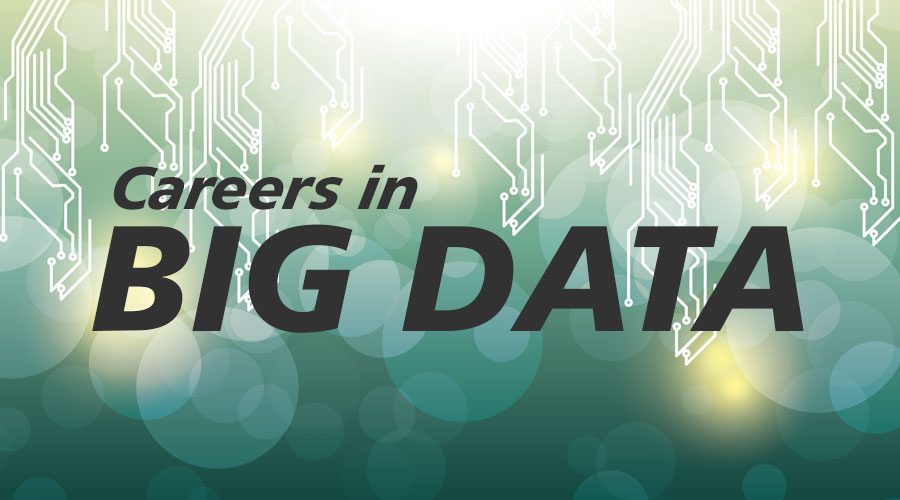Vast amounts and varieties of data are being gathered in the world from various sources, and the next logical step would be to analyze it and systematically extract meaningful information from it. This is where big data comes in, and makes for an attractive career option.
Right at the start of a career in big data, it is quite common to be foxed by the choice of the tool to learn, say, R or Python. Other questions to ponder include the type of coding and statistics to learn, and the techniques to focus on. Read on below for a sorted approach to building a career in the field:
Pick the right role
The choice of role is the first barrier to surmount. Some roles are easier to pick basis your educational background or work experience. A software engineer, for instance, might not find it difficult to get into data engineering. Other roles include machine learning, data visualization, and big data scientist. It helps to work on honing your skills till you choose a role.
A good idea is to talk to experienced people from this field. Of course, nothing could beat finding yourself a qualified and experienced mentor. Ask politely and you should get answers to all your questions along with helpful tips and tricks.
Put in your best
Well begun is half done, but it certainly means there is the other half to complete. Choosing a role must be followed by putting in your best to understand the role, and courtesy the Internet, there are numerous courses available to whet your appetite for learning, and finding one is easy. What needs true drive, though, is take active part in the course. This entails coursework, discussions, assignments and more. No workarounds exist – it is essential to go through the course diligently from beginning to end.
Long-term language
At the start of a data science career, the question of the language or tool to choose is the most common. A mainstream tool or language is best to begin your involvement with the field. Picking from the available options entails gathering information about each from the Internet, and it could be helpful to start with the one that is somewhat familiar or the easiest. For those with no coding experience, start with graphical user interface (GUI)-based tools, and gradually move into coding.
Find your tribe
To be able to sort out your queries and stay motivated, find yourselves a peer group you could join. Physical interactions are best, though shared goals do make online interactions workable too. Do join technical discussions online, while you look for the right peer group.
Practical is where it is at
Theory is important, but not at the cost of practical work. In the training and courses, practical applications facilitate a better grasp of the concept as well as a better sense of its usability. Start with some data sets, where you could apply your learnings. Understanding how to interpret results and grasping the assumptions will hold you in good stead as you work towards a deeper grounding in the field.
Rewarding resources
Accomplished big data scientists are often very active online, frequently posting their findings as well as news of advancements they have made, both of which are useful for beginners in particular. It is important to immerse yourself in the learning process, so spend some time picking the best from the pool of resources available, and your efforts will bring your due reward.
Conquer communication
Becoming good at data science does not obliterate the need for competence in communication. Technical proficiency is no passport to success in interviews, and what you know is not always more important than how you present it. Regular practice with and without an audience helps in developing this skill, critical to communicate your conclusions and share your ideas when at work.
Network effectively and efficiently
Supplement your learning efforts by well-chosen industry events and meetups, which are not just for experts but also for newbies. You could network with useful people and find your place in the data science community.

